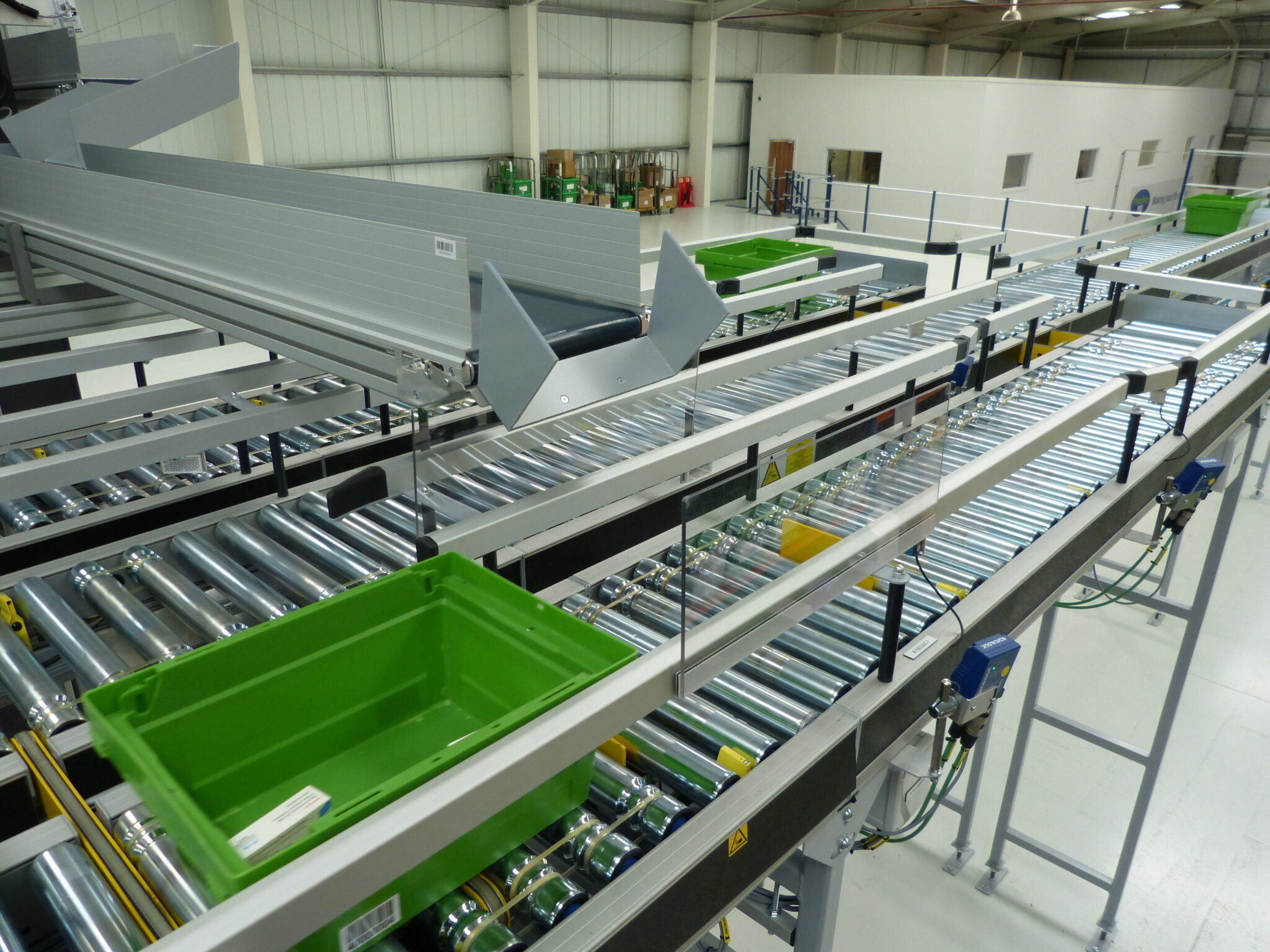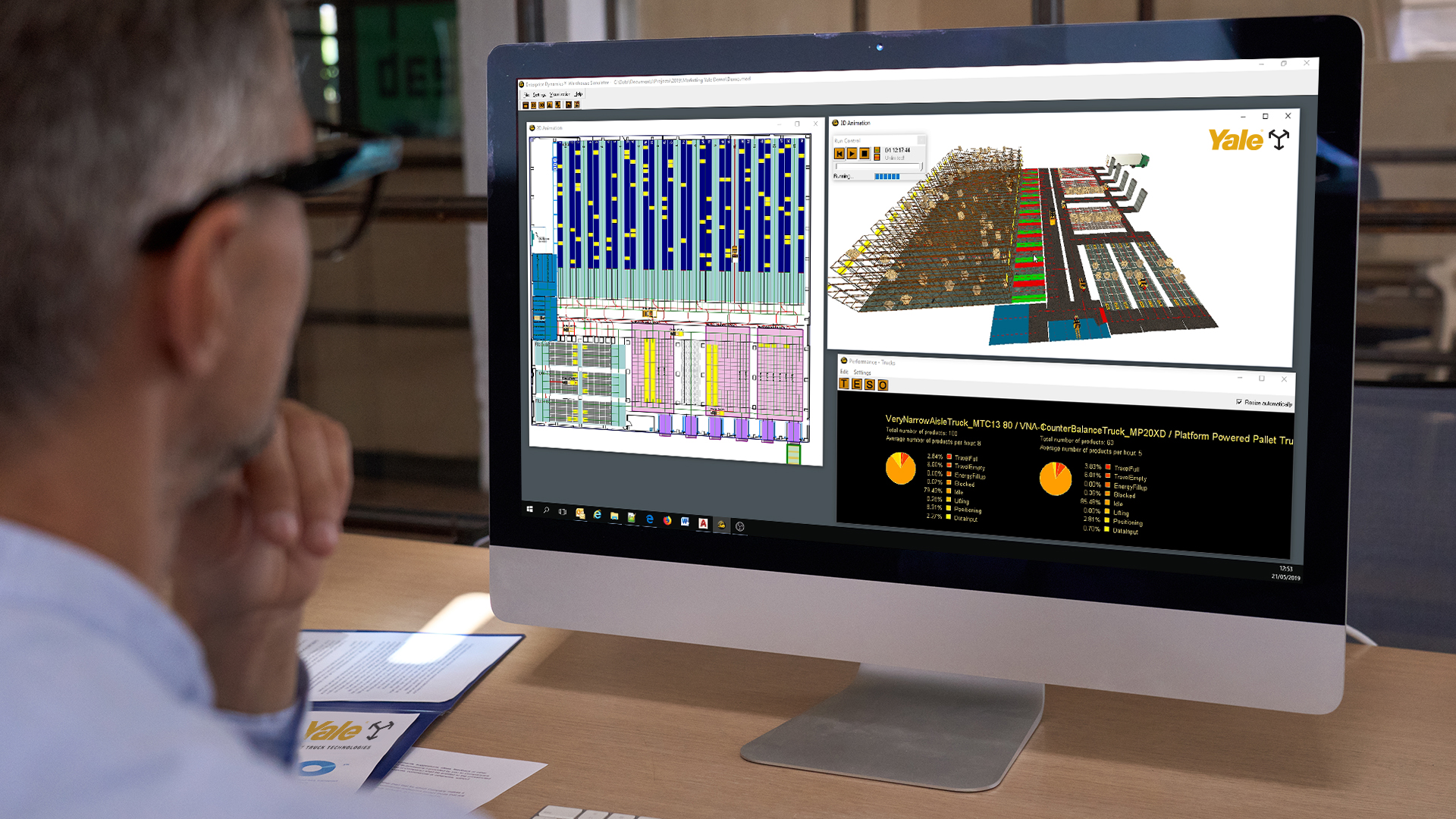Kinaxis® Inc. (TSX: KXS), a global leader in end-to-end supply chain orchestration, has announced that Servier, a global independent pharmaceutical group, has selected Kinaxis to help revolutionize its supply chain planning capabilities with a view to accelerating time to market for its portfolio of life-saving drugs.
One of the world’s preeminent pharmaceutical companies, Servier has nearly 22,000 employees and a presence in 150 countries, with medicines targeting cancers, diabetes, as well as immune-inflammatory, neuropsychiatric, cardiovascular, and venous diseases. The company’s unique status as a laboratory governed by a non-profit foundation sees it invest upwards of 20% of its revenue each year from brand-name medicines into research and development, a strategy that has enabled it to accelerate research to discover new treatments faster for the benefits of patients.
As part of the deployment, Kinaxis will enable Servier to plan more effectively and gain end-to-end visibility of its supply chain; a vital requirement as competing jurisdictional regulations, demand variability, and increased global disruptions play havoc with the pharmaceutical industry’s mission to deliver high-quality products to customers at the lowest cost and with the shortest lead time.
“One of Servier’s principal ambitions is to be a resilient, growing, and sustainable company that’s focused on a few areas where we can make the greatest impact globally for patients,” said Xavier Morelon, head of supply chain at Servier. “To do so, we know we should rely on best-in-class partners like Kinaxis which are so critical to helping us become more agile and ensuring our supply chain can enable us to hit this lofty objective.”
Supply Chain Headaches
“From making sure patients have the right medications when they need them to keeping up with regulations, expiry dates, and patent cliffs, no industry can compare to life sciences when it comes to complexity,” said Fabienne Cetre, regional vice president, Central Europe (France, Italy, Spain, Belgium) at Kinaxis. “We’re thrilled to be working with Servier and are confident our deep industry expertise will enable everyone from their C-suite to their planners and analysts to see more clearly through these challenges so that they can focus on what they do best – delivering products to help people live longer and healthier lives.”
With the addition of France’s second largest pharmaceutical company to its growing customer base, Kinaxis continues to cement its leadership within the life sciences industry, which provides the brand-name and generic medicines that countless patients rely on.
Kinaxis’ AI-powered software allows companies to orchestrate their supply chain network end to end, from strategic planning to last-mile delivery. Kinaxis’ technology helps companies that supply the agricultural industry with 40% of the world’s tractors, that keep more than 110 billion teeth clean each year, and that ensures more than 35 million pets are fed nutritious meals each year.
read this:





